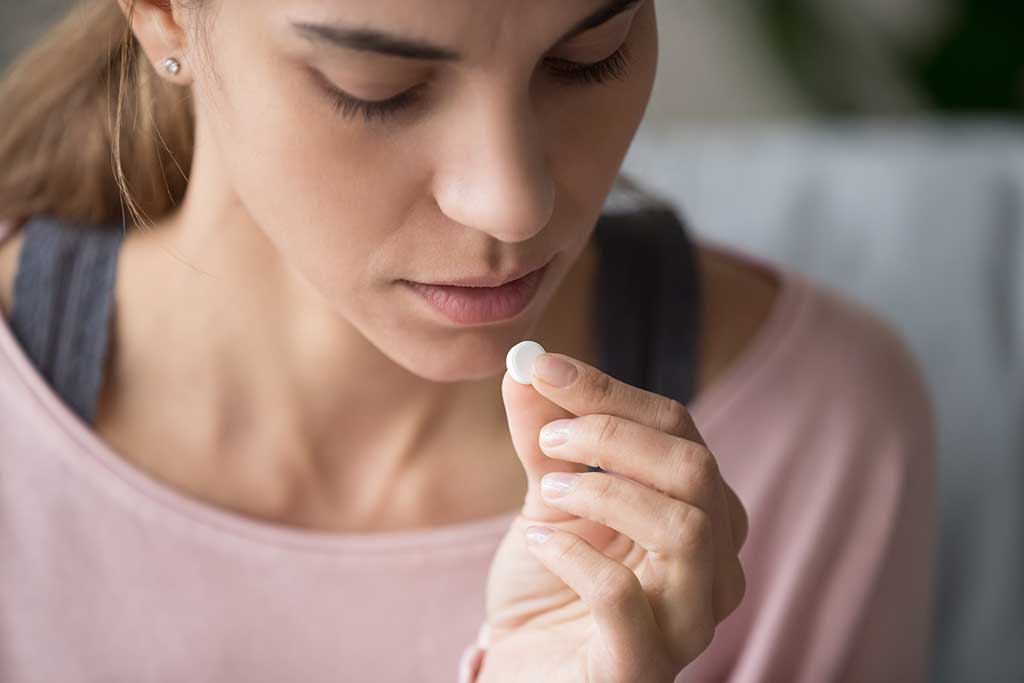Teens
- taken another person’s medicine
- taken too much of his or her own medicine
Resources

Sharing Prescription Pills Can Kill a Friendship.
1 Centers for Disease Control and Prevention, National Center for Health Statistics (NCHS), National Vital Statistics System. Ten Leading Causes of Injury Deaths by Age Group Highlighting Unintentional Injury Deaths, United States – 2016.
2 Substance Abuse and Mental Health Services Administration. (2018). Key substance use and mental health indicators in the United States: Results from the 2017 National Survey on Drug Use and Health (HHS Publication No. SMA 18-5068, NSDUH Series H-53). Rockville, MD: Center for Behavioral Health Statistics and Quality, Substance Abuse and Mental Health Services Administration. Retrieved from www.samhsa.gov/data/
3 Gaither JR, Shabanova V, Leventhal JM. US National Trends in Pediatric Deaths From Prescription and Illicit Opioids, 1999-2016. JAMA Netw Open. 2018;1(8):e186558. doi:10.1001/jamanetworkopen.2018.6558
4 Miech, R., Johnston, L., O’Malley, P. M., Keyes, K. M., & Heard, K. (2015). Prescription opioids in adolescence and future opioid misuse. Pediatrics, peds-2015.